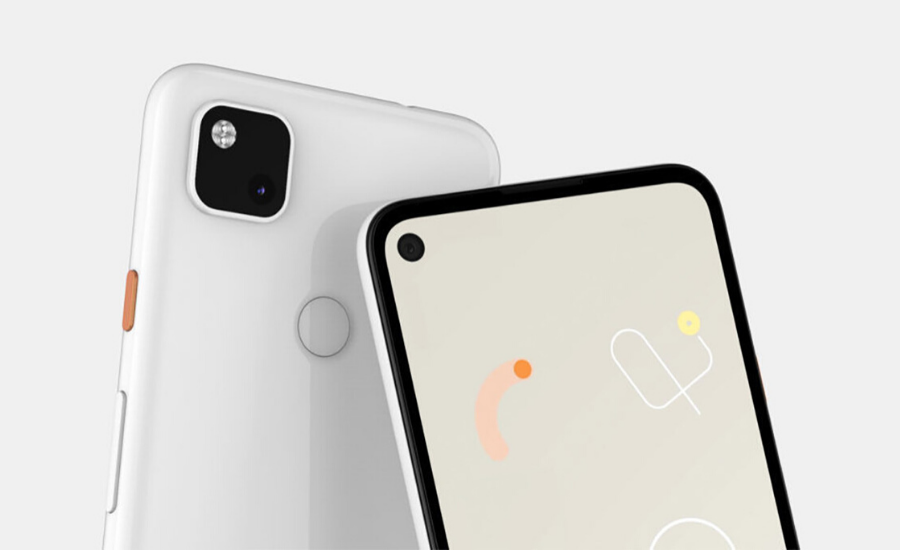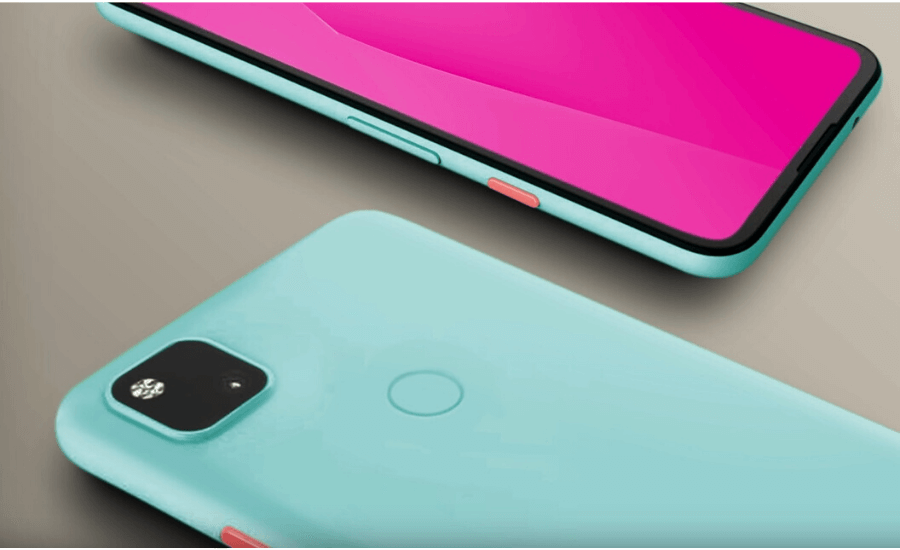The Google Pixel 4a gives you the best of Google in an affordable, one-hand-friendly package. The compact size, clean interface and great point-and-shoot camera of the Google Pixel 4a will appeal to those looking for an affordable, reasonably sized handset with enough grunt to handle the basics, plus the ability to capture some excellent pictures.
Google Pixel 4a Review
It’s one of the more compact Android smartphones you can get hold of these days, measuring 144 x 69.4 x 8.2mm, which makes it smaller than the Pixel 3a while boasting a bigger screen.
The result is a handset that is extremely easy to handle, and one-handed use is almost effortless. Those with smaller hands could still find it a bit of a stretch to reach the top of the display, but it sits comfortably in the palm.

It’s light too, tipping the scales at just 143g, which makes it lighter than the Pixel 3a and the new iPhone SE.
That’s due to the Pixel 4a’s polycarbonate unibody – and while it helps the handset shed some weight, this does also mean that it doesn’t look or feel particularly premium.
On the bottom of the Google Pixel 4a you’ll find a USB-C 3.1 port in the center, flanked by the microphone and speaker grilles. The down-firing speaker works with a second speaker just above the display to provide you with stereo sound.
A feature the Google Pixel 4a has carried over from its predecessor – and something the flagship 4 series doesn’t have – is a 3.5mm headphone jack. It’s located on the top edge of the handset, allowing you to plug in your wired headphones.

You don’t get a pair of earbuds in the box, but if you have a set of favored cans you can use them with the Pixel 4a without having to dig out an adapter – and with no adapter occupying the USB-C port, you can charge the handset at the same time as using wired headphones.
Overall, the Pixel 4a has a minimalist design, with the centrally located fingerprint scanner and square camera block in the top-left corner the only points of note on the rear.
Talking of the Google Pixel 4a display, let’s take a closer look at it. As it is larger (by 0.2 inches) than the Pixel 3a’s screen, but Google has taken things a step further with the Pixel 4a and done away with the bezels almost entirely.
This is the first Pixel smartphone to come with an all-screen, bezel-less display, with the screen flowing around the punch-hole that houses the front-facing camera in the top-left.
While Google says it has removed the bezels on the Pixel 4a, if you look closely there’s still a sliver at the base of the display and the edging around the rest of the display is thicker than we’ve seen on some rivals.

The screen is protected by Gorilla Glass 3, which should protect it against small scruffs and scratches, but it’s not the most advanced version of the toughened glass from Corning – the OnePlus Nord, for example, uses the fifth-generation glass on both its front and rear, while the Sony Xperia 1 II features the latest, sixth-generation glass.
There aren’t too many other phones with so few cameras, especially in the crowded mid-tier, where manufacturers tend to scatter cameras around like confetti in order to try and make their handsets stand out, although the new iPhone SE is another.
On the back, you get a 12.2MP camera with an f/1.7 aperture and an 84-degree field of view. It can shoot 4K video at 30fps, 1080p at 30fps, 60fps and 120fps, and 720p at 30fps, 60fps and a super-slow 240fps.
While it may not look like much on paper, especially when compared to the three- and four-camera setups on the back of many of the Google Pixel 4a’s rivals, this main camera can still hold its own.
The Pixel 4a makes photography easy – just point and shoot, and most of the time the camera, combined with Google’s intelligent software processing, means you’ll get a great photo in many scenarios.
Similarly, the lack of a macro camera is unlikely to be an issue for many users, and the Pixel 4a camera does an okay job of close-up photography, allowing you to get reasonably near to subjects and capture a good level of detail.

There’s also just a single camera on the front of the Google Pixel 4a – it’s an 8MP, f/2.0 snapper with an 84-degree field of view, and it can shoot 1080p video at 30fps.
There’s the obligatory portrait mode, which can apply background blur for arty self-portraits, and Night Sight is also available on the front camera.
The Google Pixel 4a comes with a 3,140mAh non-removable battery, which is larger than the power pack in its predecessor, and much larger than the 1,812mAh battery in the new iPhone SE. Google claims you’ll get up to 24 hours of battery life from a single charge.
There’s no wireless charging support here – not a huge surprise given the mid-range price – but you do get an 18W charging block included in the box with the Pixel 4a, providing the handset with fast charging capabilities.
The Google Pixel 4a comes with enough power to ensure you can do everything you want on the phone. You get a Snapdragon 730 chipset, 6GB of RAM, and 128GB of storage.
These specs are more than acceptable at Pixel 4a’s price, but an issue arises if you start to look around because in terms of the spec sheet the Google Pixel 4a is out-gunned by rivals in a number of ways.
There are plenty of similarly priced handsets offering newer chipsets, more RAM, and a variety of storage options – not to mention a whole array of cameras. Google isn’t being drawn into the specs arms race, and that may make it harder for the Pixel 4a to stand out.
There aren’t too many smartphones around these days which you can comfortably use one-handed, but the Google Pixel 4a is one of them. Its compact (by 2020 standards) form factor, rounded edges and soft-touch polycarbonate body make it easy to hold and use.
